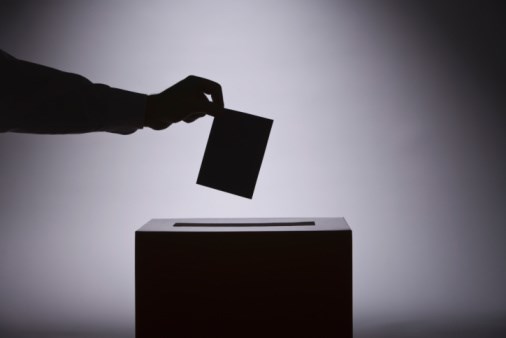The Duncan and North Cowichan amalgamation issue will be settled by community “intangibles” such as hopes and ambitions for the future, rather than any promised changes in taxes or services, says North Cowichan’s mayor.
“I think the decision will come down to those more intangible things,” Mayor Jon Lefebure said. “Do they feel future of Duncan will be more secure as part of a larger entity? Or do they feel there will be a loss of identity?”
On Saturday, voters in the City of Duncan and the Municipality of North Cowichan will decide whether they should amalgamate. For the process to continue, each municipality will have to return a vote greater than 50 per cent.
According to the 2016 census, North Cowichan has a population of 29,676 people living in an area of 194 square kilometres.
Duncan, meanwhile, has a population of 4,944 living on 2.07 square kilometres.
So people like Duncan Mayor Phil Kent fear Duncan will be swallowed by North Cowichan.
“They are both very distinct areas,” Kent said.
“The City of Duncan is an urban area and there are issues that relate to that urban environment that are quite different from a large district municipality.”
Saturday’s referendum is the result of a study and a selected assembly of citizens. Both were arranged after citizens voted — 68 per cent in North Cowichan and 52 per cent in Duncan — in 2014 to give the issue some study.
The resulting recommendation was to combine the two municipalities based on the notion of gaining efficiencies in expenditures and service delivery.
But Kent is not convinced Duncan’s future would be protected within a district that also contains other distinct communities: Chemainus and Crofton.
“The sense of identity in Duncan is quite strong,” he said.
North Cowichan Coun. Joyce Behnsen sees a strong future for a combined municipality whose centre will always be Duncan.
Behnsen is excited about cost efficiencies that will free up money for needed infrastructure improvements in both communities.
“Duncan is the heart and core of the Cowichan region,” Behnsen said. “We can build on that — I know we’ll build on that.”
Historically, Duncan exists as a separate city because a group of businessmen decided in 1912 they wanted sidewalks and petitioned the province to let them secede from North Cowichan.
The resulting city ended up with an odd shape. In one spot, it’s less than 500 metres wide.
Over the decades, the municipalities’ services have grown up along side each other, often running in parallel, though in some cases — such as recreational facilities — they co-operate and share.
Also in the mix are the Cowichan Tribes, with 24 square kilometres and a population equal to that of Duncan.
The City of Duncan supplies drinking water to the First Nation, which supplied land for a sewage treatment plant that serves them, Duncan and North Cowichan.
For Kent, it’s a good record of a system that’s working.
“Communities that have different, separate interests can work and collaborate and make partnerships to achieve something for the greater good,” he said.
“These partnerships are something that is a very strong influence.
“There has been a lot of benefit to that collaboration.”



